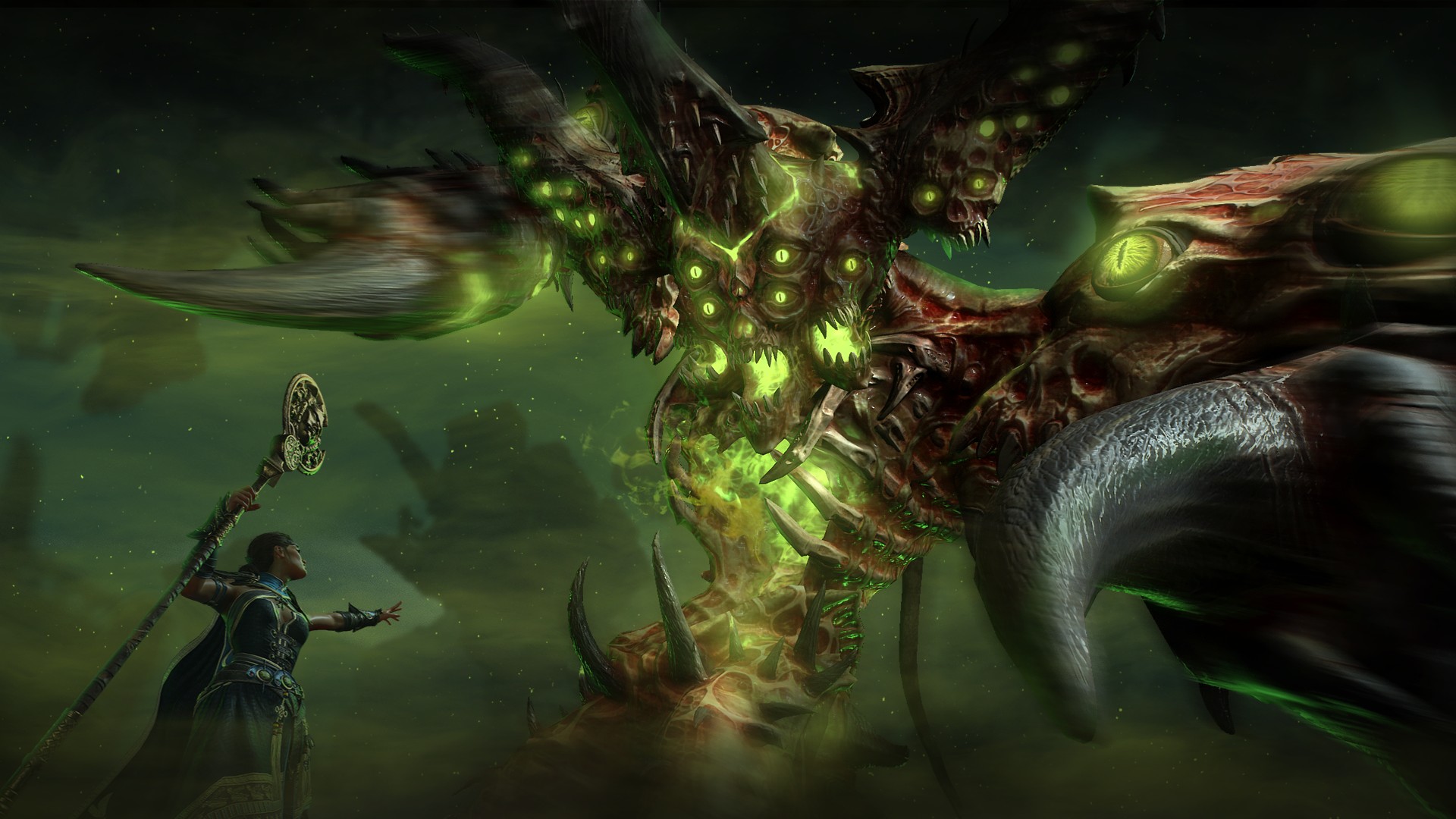‘The Phantom’s Howl’: A nifty little trove of emotionally complex, modern Bengali ghost stories

History, especially of the 19th century, rivals rashogolla and ilish maach for the affections of the average Bengali. But even as they devour the heroic narratives of the progress of reason heralded by Rammohun Roy, Ishwarchandra Vidyasagar, and others, somewhat ironically, they also consume copious amounts of modern ghost lore produced since the 19th century. Indeed, the word bhoot doubles up as both a word for the past and a word for ghosts. Few subcontinental languages can boast as rich a tradition of modern ghost fiction as Bengali. To wit, these are not simply an outgrowth of the older, more folksy tradition of ghost lore populated by such quintessentially Bengali spectres as the brahmadaitya, shankchunni, mamdo and so forth. The modern ghost lore is rather closer to the English ghost stories of MR James, Henry James, EF Benson and others. As the writer Pramatha Nath Bishi once noted, whereas the traditional Bengali ghosts looked very little like mortal beings – being characterised by mulor moto dnat ar kulor moto kaan (large, radish-like fangs and winnowing-fan-like ears), the modern ghosts were often tragic leftovers of an unsettled past. They looked and worked exactly like us, mere mortals, incessantly replaying their troubled lives and instigating us, in turn, to contemplate upon such weighty philosophical issues as our own mortality, guilt, memory etc. The emotional palette of ghosts Arundhati Nath’s translated collection, The Phantom’s Howl, is a nifty little trove of such modern Bengali bhooter golpo. They evoke an enchanted and uncanny world where beds, boots, statues, and even water-spinach can become portals to a world of restless spirits and unsettled pasts. Bringing together works by éminence grise like Rabindranath Tagore with those of lesser-known authors like Niradchandra Majumdar and Jogeshchandra Bandyopadhyay, Nath curates for us a phantasmagoria of spectral tales. All too often, ghost stories are imagined to be emotionally stunted evocations of a monotony of fear. In Nath’s collection, however, we see the sheer subtlety and complexity which Bengali ghosts are capable of engendering. From the sepia-tinted nostalgia for a derelict poitrik bhitey (ancestral homestead) in Bibhutibhushan Bandyopadhyay’s Paternal Legacy to the bittersweet memory of the first major teenage crush in Amarendranath Munshi’s Inside the Water-spinach Forest Marsh. The emotional palette of these ghosts is much wider, subtler, and complex, than any Ramsay Brothers-esque cliches. The spectral landscapes upon which these narratives unfold range from the watery marshes of eastern Bengali villages and the scenic northern hills to the drier lands of Jharkhand and Bhojpur. In short, the familiar hunting grounds of the interwar bhodrolok. But there are also intimations of more exotic geographies. In Famished Stones, we hear of a derelict palace somewhere in the Nizam’s Deccan, while in The Spectral Bed, we catch a tragic glimpse of a humble home in a faraway Chinese village. Time, rather than space, is often the central topos of ghost lore. Freed from the straitjacket of linear chronologies, bhoot-pret can jump across time and juxtapose fragments of the past with shards from the present. In Niradchandra Majumdar’s Signal, we find the spectral combatants from the bloody rebellion of 1857 moving through a camp of Partition refugees from East Pakistan. In Famished Stones, we find a turn-of-the-century Theosophist hearing a tale about the ghosts of medieval Arab and African slaves haunting a tax official in the Nizam’s government. By short-circuiting the sequence of history, these hauntings insinuate a much larger range of possibilities by which moments from the past might impinge upon elements of the present. The choices made No tale in the collection better captures the ghost story’s power to rewire the connections of time and space than Tagore’s Khudita Pashan, translated here as Famished Stones. Yet, its inclusion forces one to wonder about the collection’s overall goals. If the intention is to make these Bengali narratives accessible to readers who do not read Bengali, might it not have been better to prioritise narratives that have not been translated before? Khudita Pashan, after all, has been one of the best-served in terms of English translations, having been translated, amongst others, by Tagore himself and more recently, Amitabh Ghosh (as Hungry Stones). Given that any collection of translations, willy-nilly, also bears some of the weight of representativeness, one also must wonder about the choice to include only male Hindu authors. The prolific Syed Mustafa Siraj, the cosmopolitan Syed Mujtaba Ali, or the simply brilliant Humayun Ahmed, would certainly have been strong candidates for inclusion. While a collection of Bengali ghost stories without Leela Majumdar feels a bit like staging Hamlet without Hamlet’s mother. These omissions, one hopes, might be the rationale for a second instalment of translations from Nath. Should a second instalment appear, it would also be nice if the author biographies at the end of the book could be more complete. In the present collection, while the biographies of the better-known authors, such as Tagore or Bibhutibhushan Bandyopadhyay, are provided, no information is provided on the lesser-known authors such as Amarendra Munshi or Nirad Majumdar. Such information might, of course, be more difficult to find, but not entirely unavailable. Majumdar, for example, is not completely unknown to readers of Bengali thrillers. He used to write under the pen name Sabyasachi and contributed to popular children’s magazines like Suktara. Even these little crumbs of information might go a long way in recovering some of these talented authors from our collective amnesia. Likewise, it would be most helpful to mention in any future collection the date of original publication of each story. A measure of the success of a book is that it leaves the reader craving for more. Not only more information but more stories. It whets the appetite and stokes further interest. Nath’s collection certainly does that. Let us hope that Nath will soon coax many more Bengali spectres to haunt our Anglophone imaginations. The Phantom’s Howl: Classic Tales of Ghosts and Hauntings From Bengal, edited and translated from the Bengali by Arundhati Nath, Speaking Tiger Books.








![In 1972, the Soviet Union launched the Kosmos 482 probe to visit Venus. 53 years later, it's finally coming home [Interesting]](https://usrimg-full.fark.net/N/NJ/fark_NJrd_k-mYBHFE5PqSIUa6IwZuBw.jpg?AWSAccessKeyId=JO3ELGV4BGLFW7Y3EZXN&Expires=1746417600&Signature=tC6kHOl0j0aYQhJG1w%2F7UvxreW4%3D)









